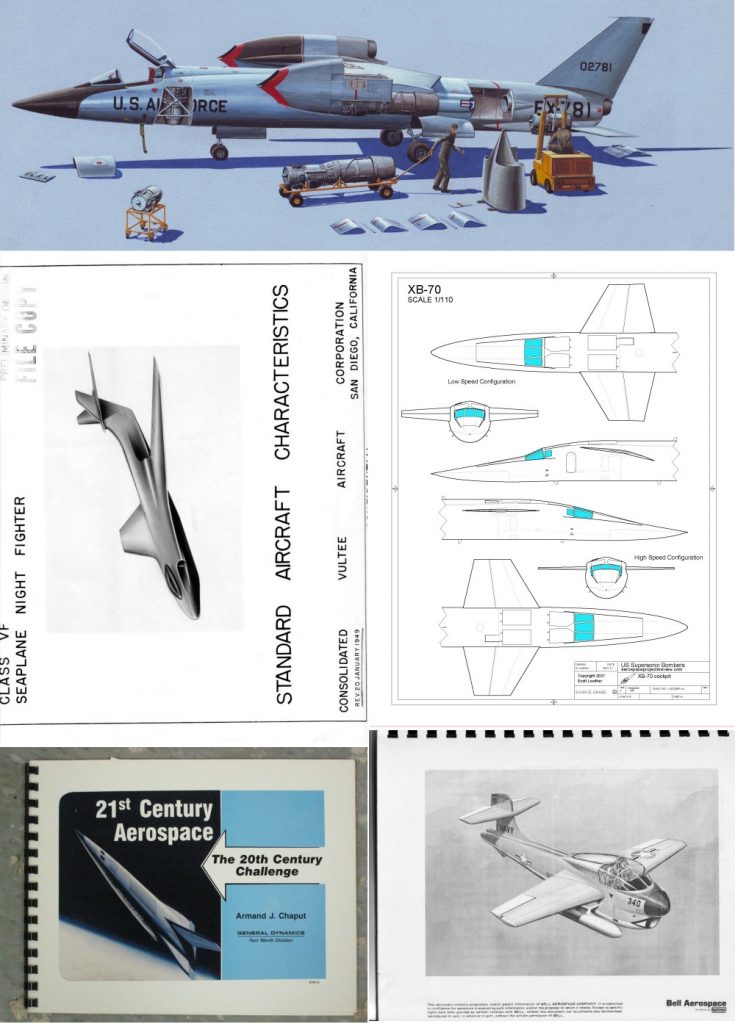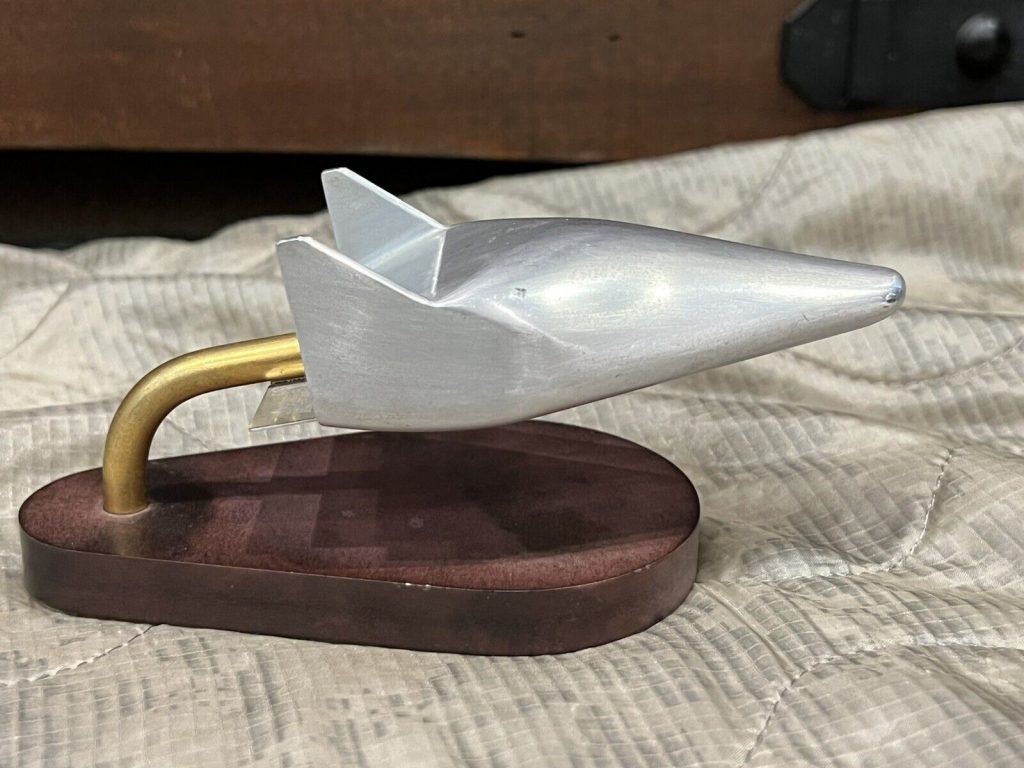Back in the Bad Old Days, a whole lot of people were trapped as serfs. While not technically slaves, they kinda were… they were legally trapped onto a particular piece of property and had to work for the landowner (generally some flavor of “nobility”). You could get in a *lot* of trouble if you just decided to get up and walk twenty miles away. It’s a good thing that that concept is dead and buried. Right?
Right?
Behold the “15-Minute City.” As described on Wikipedia, this is straightforward enough… a form of civic planning where the bulk of your necessities – groceries and such – are available within a short walk (you can walk there in “15 minutes”). It *sounds*… well, maybe sorta kinda nice enough, maybe, on a limited basis; probably more so for people who have never actually known wide open spaces, but there are of course large sections of urban areas where groceries and medicine and whatnot are *not* available anywhere near you. But whether it was the intention of the people behind it or not, the “15-minute city” concept is a lead-in to modern serfdom. Gentlemen, behold:
Mr Enright explained in the Sunday Times that the heart of the traffic filters policy was to turn Oxford into “a 15-minute city” with local services within a small walking radius.
The new traffic filters on St Cross Road, Thames Street, Hythe Bridge Street and St Clements would operate seven days a week from 7am to 7pm.
Two more filters on Marston Ferry Road and Hollow Way would operate from Monday to Saturday.
People can drive freely around their own neighbourhood and can apply for a permit to drive through the filters, and into other neighbourhoods, for up to 100 days per year. This equates to an average of two days per week.
Translation: if this comes to pass, people within these “15 minute cities” will only be allowed to freely leave their plots of land 100 days out of the year by means of their own vehicles. Sure, you can walk out… but how far can you walk, carrying all your property? Sure, you can ride public transportation… which goes where it goes, not necessarily where you want to go. And I look forward to seeing people try to carry their beds and fridges and libraries on the bus. And sure, you can leave 100 days out of the year. Then 90. Then 75. Then 50. Then “papers please.”
The process seems to be to slowly acclimate Brits to accept that where they are is where they’ll stay.
Curiously, at the same time the British citizens are being trained to become sedentary, to reduce their horizons to little further than they could throw a rock (not that they’ll be allowed to throw a rock, of curse), they are also being trained to accept that an Englishmans Home Is Not His Castle:
As Britain continues to be colonized by military age males from the third world, Brits are being conditioned to not only accept these world travelers into their country, but into their homes. Right now the British government is attempting to get this done via bribery. When that fails to take care of the problem, I’ll but utterly unsurprised when eminent domain is used to appropriate second homes, unoccupied apartments and other currently-unoccupied places. And when *that* fails to solve the problem – and why the hell would it, as the British government would be throwing the door open to a full invasion, providing room and board to the latest waves of colonizers – then people who are deemed to have Too Much House will be required to share. Got a barn? Not anymore. Got a spare bedroom? Not anymore. Got a living room? Not anymore.
Haha. I got me a 3rd Amendment, chumps!









